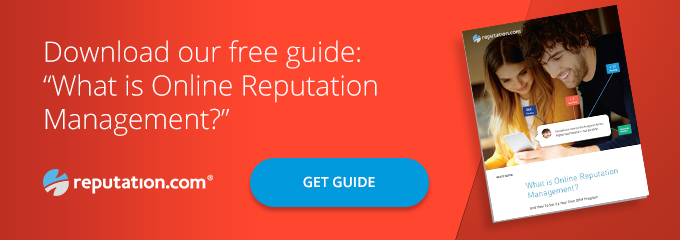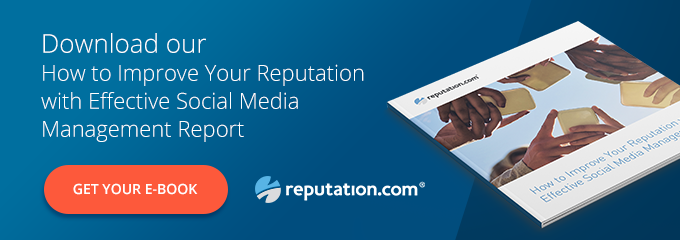How to Create a Social Media Content Calendar (+ Template)
Adam Dorfman

Social media has become an outstanding marketing tool for companies that understand the platforms they use and employ best practices to maximize engagement opportunities.
Because social media marketing allows your customers to connect with you, it presents a prime opportunity to improve your online reputation. Moreover, a strong social media marketing strategy builds brand awareness, making it easy for your fans to share content and bring you more potential leads.
Social media marketing can be highly cost-effective, but it’s more than occasionally posting a photo of a new product or periodically checking your pages. To succeed with social media marketing, you need a social media content calendar that is custom-tailored to your business needs. Such a calendar helps ensure a regular stream of high-quality content, and helps you manage social media efforts at scale.
A Social Media Content Audit Is a Great First Step
Before you make a social media content calendar, take stock by answering the following questions:
- Which platforms do we use most?
- Which platforms get the best engagement?
- Are there any platforms that we can omit without compromising our strategy?
- What are our goals for each social media platform?
- Who is currently responsible for each social media channel?
Look at your content and how well each type of content has performed historically. See if you can spot any patterns as to which types of content perform well, or which days of the week or times of day get better results.

Before creating your social media content calendar, take stock of your current social media practices.
Plan Types of Content, Platforms and Frequency of Posting
Plan content types with consideration for the individual platform. Getting it right will probably require some trial and error, but in general, video and image-based content are more engaging than links or text posts. You will also have to determine an optimum posting schedule for each platform you use. Instagram, for example, tends to deliver the best engagement when you post once a day.
Many companies organize posts based on the day of the week. Certain days may have a regular theme (like “Trivia Tuesday,” for example). “Evergreen” posts may get better engagement on certain days of the week, as may event reminders and self-promotional posts. It’s important that self-promotional posts only appear about once per week. People quickly tire of business content that’s one promotional post after another.

Followers are more likely to stay engaged when self-promotional posts are only a small part of your content.
Having a social media content calendar is tremendously helpful as you develop your optimum social media plan. There are many templates you can use, or you can customize your own in a spreadsheet or table. Your social media content calendar should be customized to include the social media platforms on which you’re active, as well as space for post titles, who is responsible for the posts and what type of content (such as a photo or video) must be included.
Download our free, customizable social calendar template here.
Committing to creating and using a content calendar helps ensure that you never miss important dates, that your team adheres to a consistent posting schedule and that you build up a valuable knowledge base of what your ideal content mix looks like.
Define a Process for Content Research, Creation and Engagement
Once you determine which platforms to post on and how often to do it, you should create a defined, step-by-step process for creating different types of posts. Instruct your team regarding what research sources to use and to avoid, how to keep posts brief and captivating, and what approvals to secure (if needed) before posting.

Equip your social media team with the tools and training they need to create high-quality content.
You should also train your social media team on how to respond when people comment. It’s easy to thank someone for a compliment, but what should they do if a comment is negative? What if the question is technical in nature? Make sure your team knows who in your company to consult, when those comments come through.
Experiment with Content Types and Posting Times
Finding the optimum mix of content types, posting times and posting frequency for each platform will take time. You can gain some insight into which posts perform best from regular monitoring of your social media accounts, but this isn’t always enough. Simple A/B testing can help. For example, does your “Trivia Tuesday” post perform better with an image or with a video? Do your “evergreen” posts perform better when posted in the morning or the afternoon?
Testing may make you feel as if you’re not moving forward with your social media marketing strategy, but the time you spend up front performing the tests will make things faster and more effective in the long run.
As you get used to using your social media content calendar, you will probably want to make changes. Social media changes constantly, and your social media marketing strategy will need to adapt accordingly. To learn more about effective social media marketing, we invite you to download our report: How to Improve Your Reputation with Effective Social Media Management.



